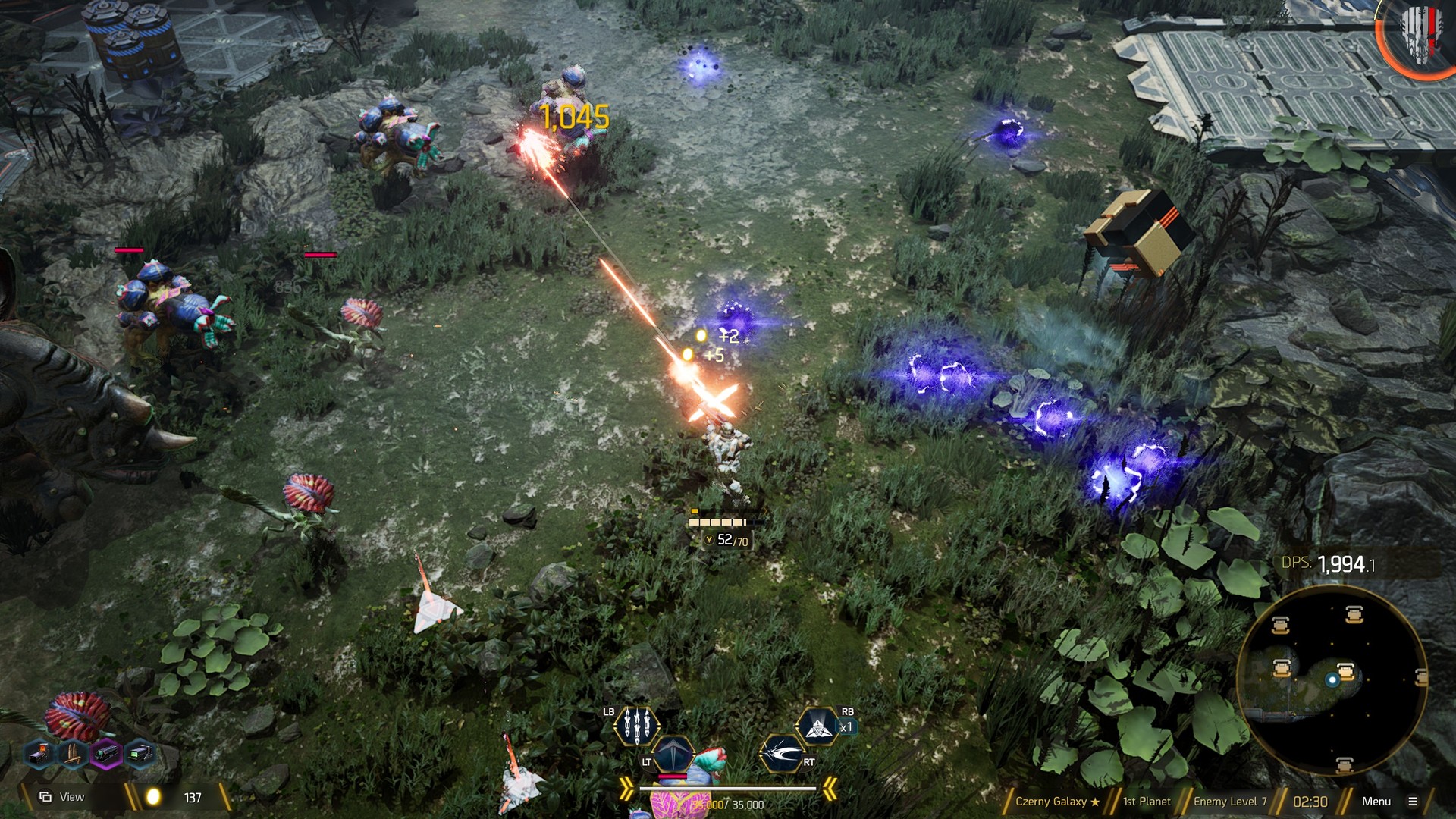

- Best programming language for anvil next how to#
- Best programming language for anvil next software#
- Best programming language for anvil next code#
One can even regard the punch holes on a player piano scroll as a limited domain-specific programming language, albeit not designed for human consumption. Jacquard looms and Charles Babbage's Difference Engine both had simple, extremely limited languages for describing the actions that these machines should perform.

To some people the answer depends on how much power and human-readability is required before the status of "programming language" is granted. Thus the programs were more hardware dependent than today. The use of a magnetic drum for memory meant that computer programs also had to be interleaved with the rotations of the drum.

Fortran included some keywords which were the same as English words, such as "IF", "GOTO" (go to) and "CONTINUE". Punch cards allowed 80 columns, but some of the columns had to be used for a sorting number on each card. From the start, the restrictions of the hardware defined the language. Like many "firsts" in history, the first modern programming language is hard to identify.
Best programming language for anvil next code#
However, unlike the lambda calculus, Turing's code does not serve well as a basis for higher-level languages - its principal use is in rigorous analyses of algorithmic complexity. The Turing machine was an abstraction of the operation of a tape-marking machine, for example, in use at the telephone companies. For example, Alonzo Church was able to express the lambda calculus in a formulaic way. Eventually it was realized that logic could be represented with numbers, as well as with words. In the first decades of the twentieth century, numerical calculations were based on decimal numbers. (The dollar bill was later downsized.) The first computer codes were specialized for the applications. Hollerith then proceeded to encode the 1890 census data on punch cards which he made the same size as the boxes for holding US currency. Herman Hollerith realized that he could encode information on punch cards when he observed that railroad train conductors would encode the appearance of the ticket holders on the train tickets using the position of punched holes on the tickets. From the first, the languages were codes. Programming Language HistoryThe first programming languages predate the modern computer. They are usually statically typed, and enforce type-safety in varying degrees. A good language tries to do as much as possible at compile timeGood languages try to find as many defects at compile-time as possible. Note, I'm ignoring Python because I haven't programmed enough with it. Languages like C, PERL, Pascal, Fortran, C++, on the other hand, shine in this category. So, this automatically puts languages like Ada (which was designed by a committee (a defense committee, no less)), C#, (which was designed with one single motive) and Java, (which was designed for those poor object-oriented programmers who couldn't figure out multiple inheritance) in the trash can. The language has not been designed for 'them' - who ever they are.

A good language is designed for the designer to code in. What makes a good programming language?1. This foundation of broad knowledge about programming language paradigms and issues should provide you the best preparation for learning new languages quickly. A second aspect of our survey will be to examine important programming language issues: distinctions that may be found between existing languages in the same class. Part of this will be to survey the spectrum of different programming paradigms and how they may be supported by programming languages.
Best programming language for anvil next how to#
In this course, we focus on a systematic way of helping you learn how to learn new languages. In short, you will have considerable experience in learning the imperative or procedural style of programming, but very little knowledge of object-oriented, functional or logic programming languages. For example, if you've learned some older languages such as FORTRAN, BASIC, PL/I, Pascal, C and Modula-2, you will have seen only a small part of the spectrum of concepts underlying modern programming languages. The problem is that you may have learned to work with several languages that are only slightly different from each other. After you've learned several, you will feel that learning new ones is a snap: you just learn to cope with some new syntax and you're set. Learning the first one is hard, the next one often not so hard and so on. One way to develop your ability to learn languages is simply to learn several of them.
Best programming language for anvil next software#
Inevitably, if you are to have a career in software engineering work, you will have to learn new programming languages at various times. Why do we need to study programming language?One important practical objective for this course is to help you learn how to learn programming languages.


 0 kommentar(er)
0 kommentar(er)
